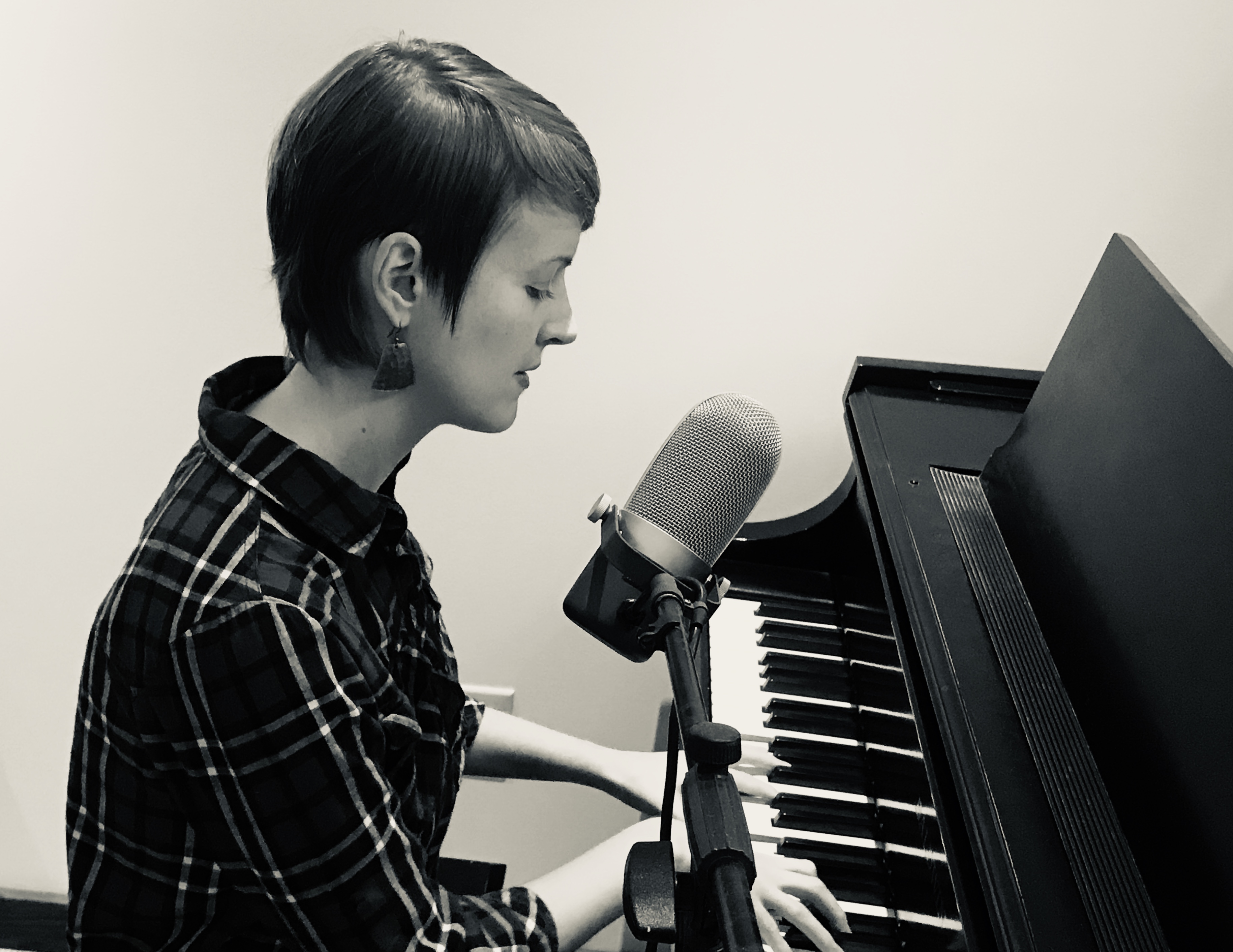In the history of the church, translation has always played a starring role in who gets to talk with God, name God, and tell the story of God. Translations are not neutral, and the act of translation is a creative process. The idea for this "Traditions in Translation" issue began at a playful workshop led by poet-translator Matthew Landrum at the 2018 Festival of Faith and Writing.
The idea grew substantially while we were both helping to lead a poetry retreat focused on the poetics of place later that year in Laurelville. Many of the pieces in this issue were started there, growing out of writing prompts that asked us to use excerpts of an original text to create a whole new one (a cento), or to "lean against" a verse or hymn, exploring its opposite. Other pieces in this issue were inspired by the 2018 Women Doing Theology conference.
Still others arrived out of a call for submissions, which invited "Mennonite-curious/-rooted/-influenced/-so-over-it voices" to send us stories, poems, essays, and images that widen and play with the idea of translating holy texts. "You define holy, you define translation," we said. A chance to rewrite a family mantra; to pen a lyric you've always wanted to sing in a place of worship; to re-vision a martyr story in present day or a psalm that's kept you going; or to come up with Mennonite emojis.
Sadly, no emojis were submitted for this issue...but we did receive poetry, song lyrics, personal essays, and even a new translation of an ancient Persian poet's work. Because translation can take so many forms, we asked some of our contributors for short intros to their creative offerings.
Our hope is that the pieces we've included will inspire more of us to challenge, enrich, widen, and see with fresh eyes the traditions all around us—and within us. As people stumbling towards Jesus, we are in constant translation. Alleluia that artists, writers, storytellers, and songwriters are an important part of that process.
Some of these re-visions are not easy to encounter. Others will probably cause a few readers to exhale more deeply. And hopefully, you will belly laugh at least once. We offer these translations with respect, courage, and curiosity.

